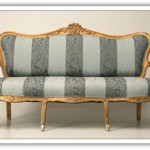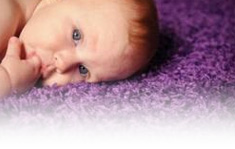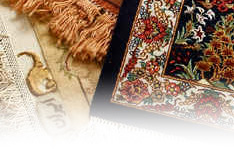 Many people want Do It Yourself guides for small cleaning jobs. Royal Interior Cleaning put this together, especially for those looking to clean small stains from their upholstery. This process will work on nylon, olefin, polyester, and other common materials. If your upholstery is made from an exotic material, do not attempt to clean it yourself, call RIC today for a free estimate.
Many people want Do It Yourself guides for small cleaning jobs. Royal Interior Cleaning put this together, especially for those looking to clean small stains from their upholstery. This process will work on nylon, olefin, polyester, and other common materials. If your upholstery is made from an exotic material, do not attempt to clean it yourself, call RIC today for a free estimate.
If your furniture still has its manufacturer tags, we recommend you follow any instructions given on them. Some will suggest that you use warm water and the foam from a soap or shampoo though we would highly suggest not using soap or shampoo if it does not specifically instruct you too as this can cause damage to certain materials.
Overall it is a six-step process. The first step in upholstery cleaning is to identify the fiber used in the material. Different cleaning methods are recommended for different materials so this is a crucial step. The second step is to pre-inspect and pre-test the material to make sure no damage will be done. The third step involves a pre-spray with upholstery cleaner. Fourth is hot water extraction. Fifth is using a fabric protector that will keep the fabric looking cleaner for longer. The sixth and last step is setting the nap with a carding brush. We’ll go through each step in detail below:
For the pre-test, find a small section that is not readily visible. Use a small amount of the cleaner you intend to use on this. If it bleeds or fades, you will need to find a different cleaner or risk ruining your piece. Once your test is complete spray the stained area with an upholstery cleaner and let it sit so it could penetrate deep into the fabric. This pre-spray step will make the cleaning process easier and more effective.
Your next step is the hot water extraction. It is best to rent a machine to do this unless you have a high quality one readily available at home. Most household models work fine for easy carpet stains but upholstery is trickier and you’ll get the best results with a professional grade machine. When performing this step be sure to overlap each stroke and run it once without water when you are finished. Once it is dry, apply your fabric protector. Again, make sure you are using a protector designed for the right type of fabric.
Finally, use a carding brush (these are inexpensive) to set the nap. This final step blends the cleaned area with the rest of the fabric and removes any debris that resulted from the cleaning. If this process seems a little too daunting or if you have a big job you can’t handle by yourself, call us today. We’ll give you a free estimate and get your upholstered furniture looking new again.







